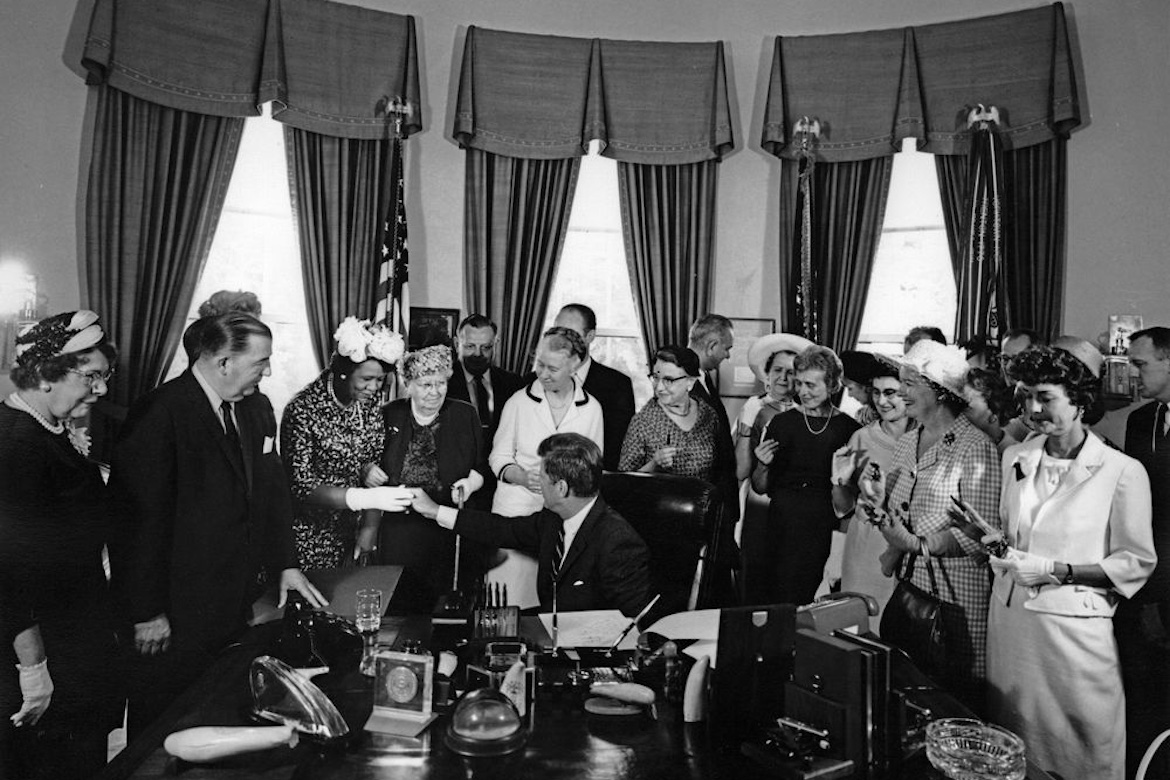
Martha Bailey is breathing history into data. The UCLA economic historian, demographer and labor economist is stitching together the rich tapestry of American life across four generations through her visionary leadership of LIFE‑M, a unique data infrastructure project linking millions of birth, marriage and death records with census information on everything from household size and wages to educational attainment.
The goal? To help researchers across the country better ask and answer big questions about how economic, educational, health-related and environmental circumstances and policies have shaped people’s lives from the cradle to the grave since the dawn of the 20th century.
“The biggest changes in our society and economy don’t play out over a decade,” says Bailey, who also directs the California Center or Population Research at UCLA and is a research associate at the National Bureau of Economic Research. “They play out over multiple generations as part of ongoing, slow-moving transformations.”
That’s why the datasets of LIFE-M (short for Longitudinal, Intergenerational Family Electronic Micro-database) are so revolutionary. With the help of machine learning, the project compiles reams of intergenerational public information that present a grand survey of life changes — from great-grandparents born at the turn of the century to their grandchildren born in the 1970s.
For instance, Bailey says, LIFE-M data clearly reveal how government investment in education has boosted economic opportunity — from the early 20th century, when public funding of K–12 schools allowed lower-income children to escape the circumstances of their birth, to the later years of the century, when investment in public higher education further encouraged mobility, reducing the role of family privilege.

Similarly, by compiling data over multiple generations in a particular community, the project offers an expansive picture of people’s quality of health and aging. This can be particularly helpful, Bailey says, when scholars are assessing how environmental exposures may contribute to cognitive conditions like Alzheimer’s and Parkinson’s over time or when they’re tracking the evolution of a cancer cluster in a newly industrialized area.
“Like roads and bridges,” she says, “data infrastructure is foundational for answering fundamental questions about health and social policy.”
LIFE-M, which has been used by hundreds of social scientists, took a decade to set up and was seeded with National Science Foundation funding. Yet just as the project planned to expand its dataset from two states to nine with the help of a National Institute on Aging grant, that funding was frozen. Important research projects have been put on hold, Bailey notes, but it’s the state’s larger educational enterprise that is really in peril.
“The funding and expertise of our researchers spills over into a top-notch education for students, who go onto all types of professions. It’s one big package; research and teaching are deeply interrelated. Losing funds leads to losing the best faculty and best graduate students to other universities and countries, which is a huge loss for California’s public higher education.”
This post was originally published via https://www.ucla.edu/research.
—
Learn more about Martha Bailey’s visionary LIFE-M project at UCLA.





